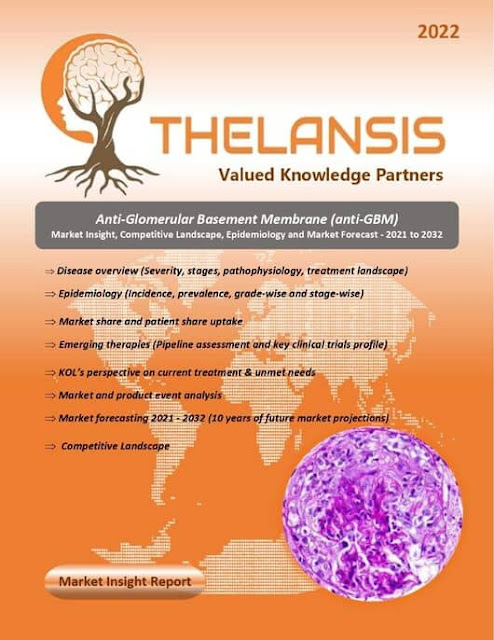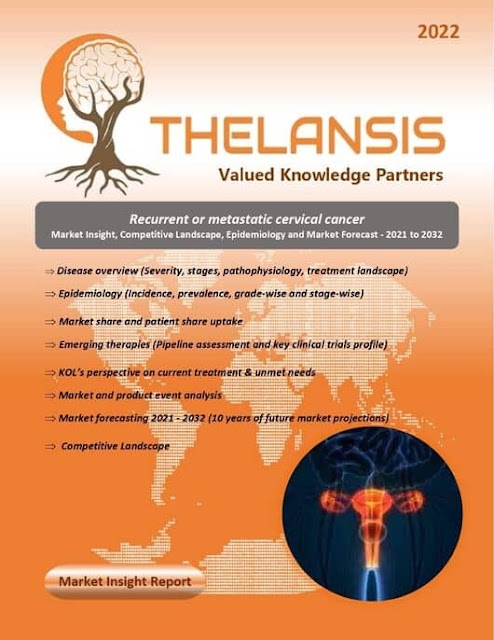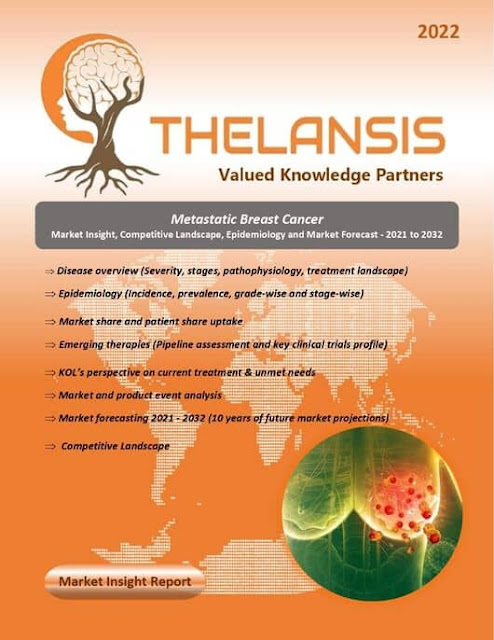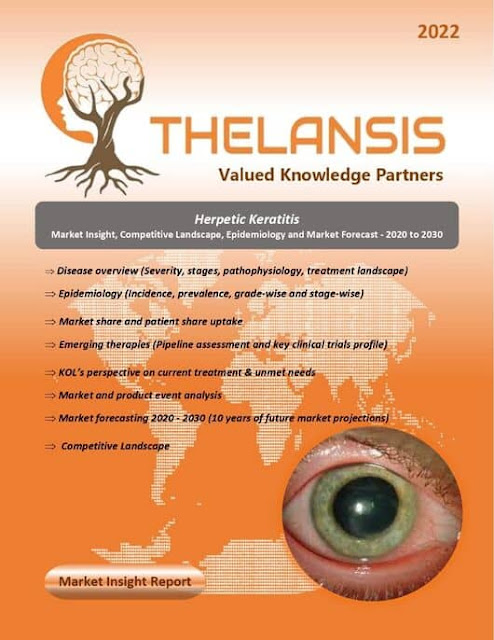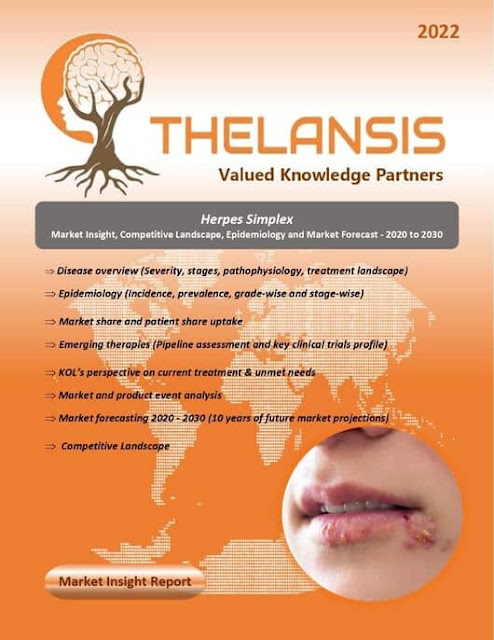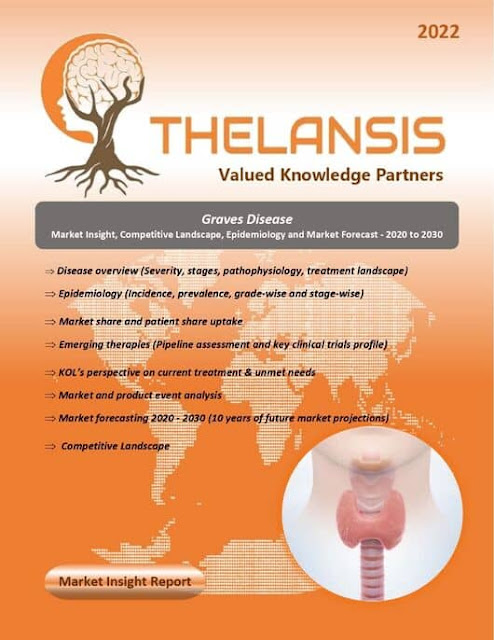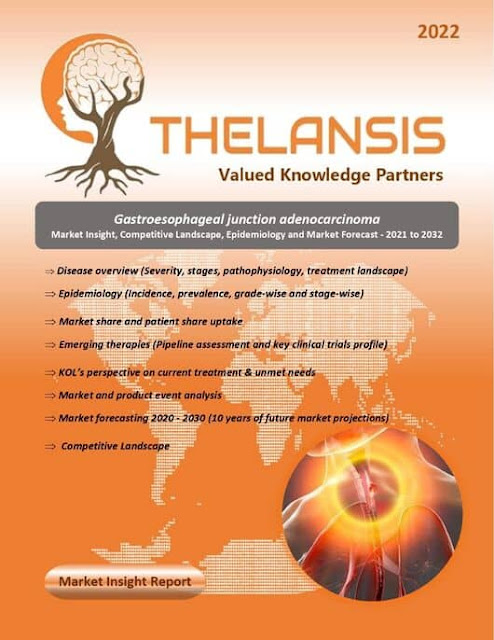Bazex-Dupre-Christol Syndrome – Market outlook, Epidemiology, Competitive Landscape, and Market Forecast Report – 2021 To 2032
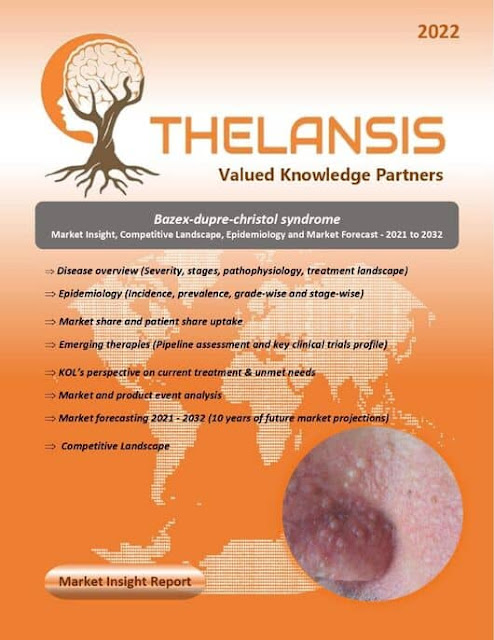
Bazex-Dupre-Christol (BDC) syndrome is characterized clinically by multiple basal cell carcinomas of the face that primarily occur in the second and third decade of life, follicular atrophoderma primarily of the dorsum sides of the hands and feet, and generalized hypotrichosis; occasionally with pili torti and trichorrhexis nodosa. Milia, hypohidrosis, and calcifying epithelial tumors are all symptoms of BDC. Four members of one family with BDC syndrome, a mother and her three daughters, were reported in this study. The major clinical features of BDC were very typical in the mother and one of the daughters, whereas the other two daughters only had follicular atrophoderma, milia, and hypotrichosis. Bazex Dupre Christol Syndrome is a hereditary multiple basal cell carcinoma (BCC) syndrome whose inheritance pattern is X-linked dominant, implying that all daughters of affected mothers should have this disease. Bazex-Dupre-Christol (BDC) incidence ranges from 1 to 1.5 cases per million po
.jpg)
